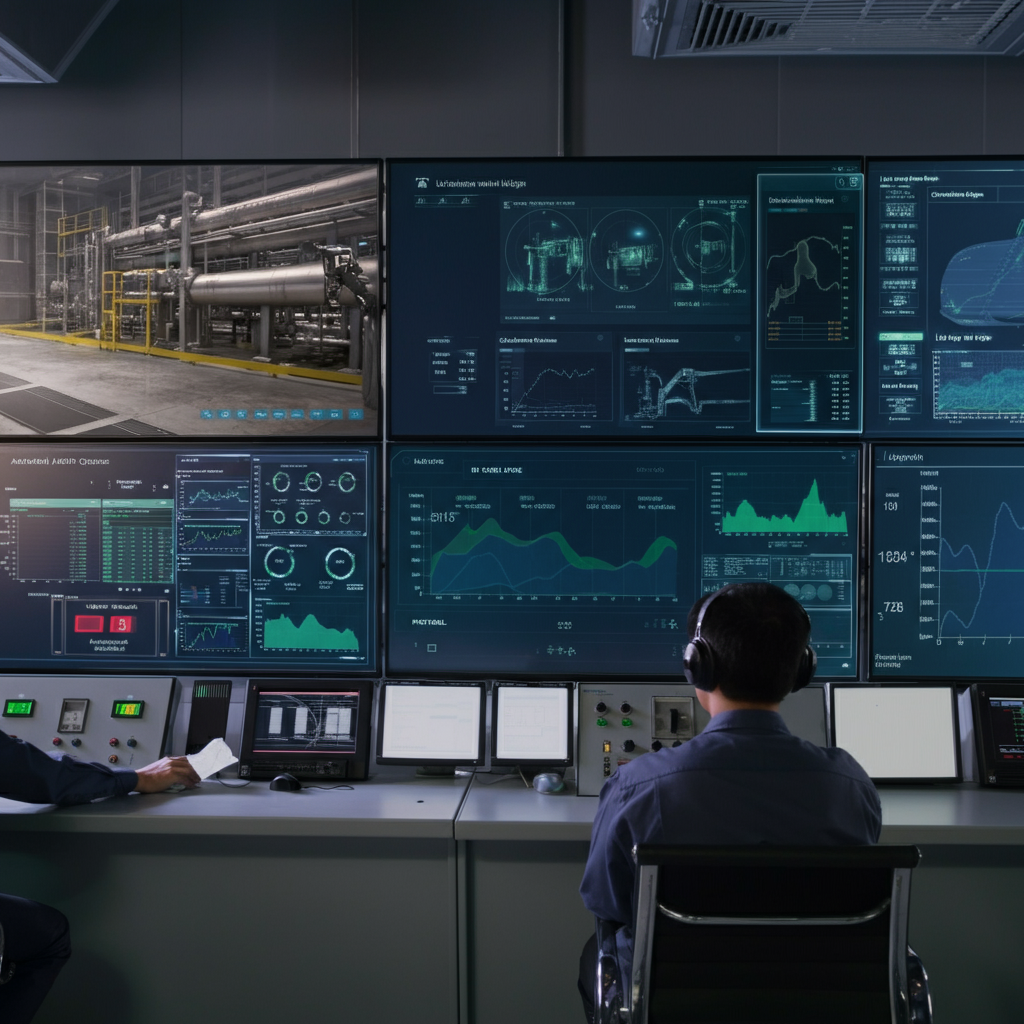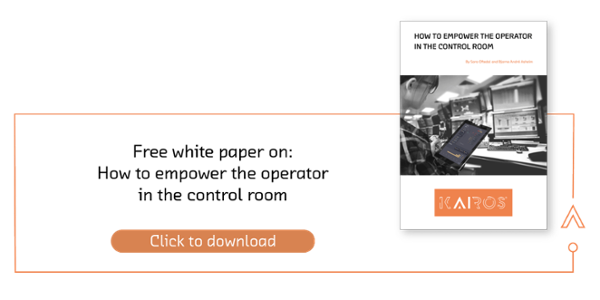The ability to make real-time decisions is at the heart of safe and efficient operations in most complex process industries and especially in the oil, gas and petrochemical industry. Control room operators are often required to act within seconds, relying on live data to manage unplanned disruptions and ensure smooth and secure processes. But what makes real-time decision-making so crucial, and how can organizations equip operators for success?
Defining Real-Time in Operational Contexts
Real-time decision-making refers to time-sensitive actions taken within seconds or minutes, informed by live data streams. This stands apart from less urgent “real-time” processes that focus on analyzing live data offline, often as part of back-office tasks like maintenance planning.
For control room operators, who must react swiftly to maintain optimal operations, real-time decisions are vital in two key scenarios:
-
Mitigating Deviations
Small deviations in a production process, if left unchecked, can escalate quickly. The Distributed Control System (DCS) typically manages routine operations, but when deviations occur, the operator must interpret the situation and act fast to restore normal parameters. A failure to act, or taking inappropriate action, can result in severe consequences, such as production losses, shutdowns, or even hazardous incidents. -
Post-Incident Recovery
After a shutdown, restarting production safely requires a clear understanding of the root cause. Operators must balance prompt action with caution to ensure the issue is fully resolved before initiating startup. Real-time insights are indispensable in this context.
The Decision-Making Process
Real-time decision-making involves multiple cognitive steps, including observing deviations, identifying root causes, assessing potential consequences, and aligning actions with operational targets. Operators work within a critical balance of efficiency and safety, often optimizing processes near the upper limits of safe operating thresholds.
Experience and training are essential for skilled operators to make quick, informed decisions. However, shorter decision windows combined with high stakes pose unique challenges. Operators frequently experience stress and self-doubt regarding past decisions, which reinforces the need for ongoing support and robust internal systems.

The Role of Human Judgment
Human judgment, while powerful, has its limitations, especially in complex or high-pressure environments. Our brains are hardwired to save energy by relying on past experiences, which can lead to snap judgments that may not be suitable in unfamiliar or intricate situations.
Cognitive biases, such as relying on readily available memories rather than a rational understanding of statistical probabilities, can further complicate decision-making. Operators need systems that both enhance their situational awareness and mitigate the effects of these cognitive pitfalls.
Real-Time Decision Support Tools
Given the critical role of real-time decision-making, decision-support tools have become indispensable. These tools provide operators with real-time insights, guiding rational actions while reducing the impact of human error. Designed to counter the limitations of the human brain under stress, such technologies ensure safer operations, optimized production, and fewer incidents.
For instance, Kairos Technology offers innovative solutions like the Control Room Assistant, which integrates live data streams, helping operators detect early warning signals, identify root causes rapidly, and act confidently. By simplifying complexity, these tools elevate both safety and performance.
Building a Future of Smarter Decisions
The future of real-time decision-making lies in the intersection of human expertise and technological innovation. Predictive analytics, artificial intelligence, and enhanced decision-support tools will all have a role in empowering operators to act more decisively and accurately.
Real-time decision-making is not just a technical challenge but also a human one. By combining comprehensive training, a culture of accountability, and cutting-edge tools, control room operators can gain the confidence and clarity needed to run facilities safely and efficiently.
Final Thoughts
Real-time decisions impact not only immediate operations but also an organization’s long-term safety, reliability, and profitability. Investing in the right technologies and support systems is no longer optional; it’s a necessity.
As industries grow more complex, preparing operators to manage uncertainty and act decisively is the key to sustainable success. Partner with innovators like Kairos Technology to secure your control room’s future with smarter tools and sharper insights. Together, we can redefine real-time decision-making for the modern age.









